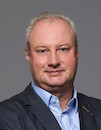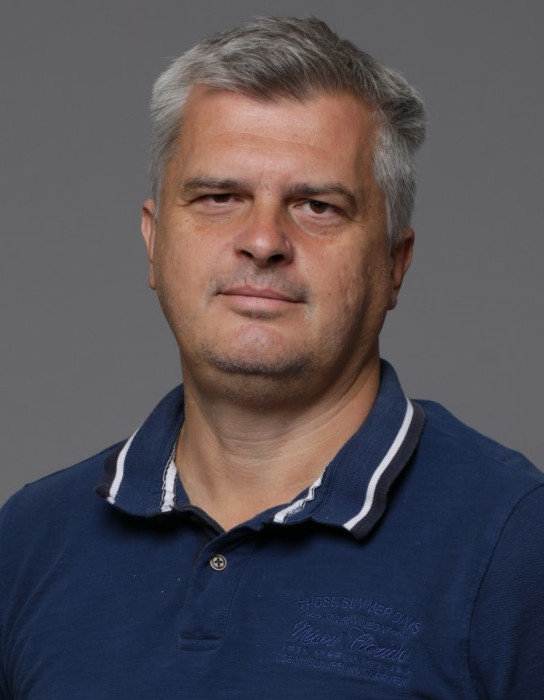Measurement Technique
Data is displayed for academic year: 2023./2024.
Course Description
Fundamentals of measurements. Analogue and digital instruments: application and restrictions. Instruments with A/D converters. Quantisation principles. Transfer function and quantisation errors. Dual slope analogue to digital converters, voltage to frequency converters, Σ-Δ converters. Parameters of the converters, restrictions and uncertainty in measurement. Digital to analogue converters: transfer function and codes, parameters. Programmable devices and interfaces. Digital instruments (multimeters, multichannel, precise, electrometers): parameters and interpretation of the results. Interfaces for parallel
transmission: GPIB (IEEE-488), VMEbus/VXIbus and PXI interface. Interface control and programme. Drivers for measuring instruments (SCPI, IVI, VISA). Accuracy and influencing quantities. Intererence and shielding. Noise and its cancellation. Measurement of low dc
voltage and current. TEMS. Measurement of low and high impedances. Resistivity measurement of (semi)conductive materials. Applications.
Study Programmes
University graduate
[FER3-EN] Control Systems and Robotics - profile
Elective courses
(1. semester)
Elective courses of the profile
(3. semester)
[FER3-EN] Data Science - profile
Elective courses
(1. semester)
Recommended elective courses
(3. semester)
[FER3-EN] Electrical Power Engineering - profile
Elective courses
(1. semester)
(3. semester)
Learning Outcomes
- Describe needed characteristics of digital equipment for different purposes
- Describe different types of AD converters
- Use different computer interfaces
- Analyze possibilities and restrictions of the use of modern measuring instruments and systems
- Develop new automated methods of measurement
- Conclude about possible accuracy improvement for particular measurements
Forms of Teaching
Lectures
Using the modern methods and demonstration
Independent assignmentsHomework
Work with mentorLeading the students, small projects
Week by Week Schedule
- Measuring instruments with A/D converters
- Parameters of A/D converters, limits and accuracy
- Signal to noise ratio and effective number of bits
- Digital multimeters - measuring capabilities, parameters and measurement accuracy
- Programmable instruments and interfaces
- Control Programs for Measuring Instruments (SCPI, IVI, VISA)
- Vatmeters and varmeters, Electronic energy meters
- Midterm exam
- Methods for testing and calibration of energy meters, Special types of meters
- Quality of electric energy
- Measurement of small DC and AC voltages and currents and their applications
- Measurement of small and high Impedances. Measurement of resistivity of materials
- Influencing quantities, Conductively coupled error sources
- Capacitively coupled error sources, Magnetic and electric shielding
- Final exam
Literature
V. Bego (2003.), Mjerenja u elektrotehnici, Graphis, Zagreb
J. McGhee, W. Kulesza, M.J. Korczyński, I.A. Henderson (2001.), Measurement Data Handling, vol. 1 and vol. 2, Technical University of Lodz
SCPI Consortium (1994.), Standard Commands for Programmable Instruments, SCPI Consortium
K. James (2000.), PC Interfacing and Data Acquisition: Techinques for Measurements, Instrumentation and Control, Newnes
Robert H. Bishop (2010.), Learning With Labview 2009, Prentice Hall
Robert B. Northrop (2017.), Introduction to Instrumentation and Measurements, Taylor & Francis Group
W. Nawrocki (2016.), Measurement Systems and Sensors, Artech House
Alan S. Morris, Reza Langari (2020.), Measurement and Instrumentation: Theory and Application, Academic Press
(2004.), Low Level Measurements Handbook, Keithley Instruments
For students
General
ID 222909
Winter semester
5 ECTS
L3 English Level
L1 e-Learning
30 Lectures
0 Seminar
6 Exercises
13 Laboratory exercises
0 Project laboratory
0 Physical education excercises
Grading System
Excellent
Very Good
Good
Sufficient


 Pristupačnost
Pristupačnost

